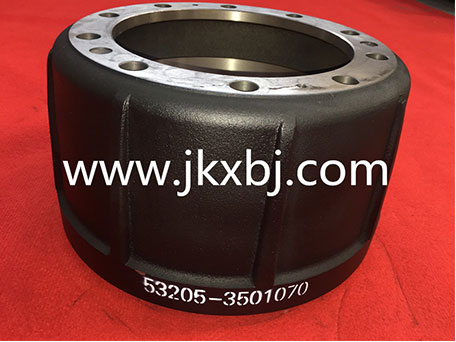

m5 flat washer
Nov . 11, 2024 06:16 Back to list
m5 flat washer
Understanding the M5 Flat Washer Importance and Applications
In the world of mechanical engineering and construction, seemingly small components often play crucial roles in ensuring structural integrity and reliability. One such component is the M5 flat washer. Although it may appear inconsequential, the flat washer has a significant impact on various assemblies, particularly when it comes to distributing load, reducing friction, and preventing loosening of fasteners.
What is an M5 Flat Washer?
An M5 flat washer is a disc-shaped piece of metal, typically made from materials like stainless steel, carbon steel, or nylon, with a central hole that accommodates an M5 screw or bolt. The M designation refers to the metric size of the screw, and the number 5 indicates that the screw has a nominal diameter of 5 millimeters. Flat washers come in various sizes and thicknesses, but the M5 variation is specifically designed for use with M5 fasteners, ensuring proper fit and function.
Functions of M5 Flat Washers
1. Load Distribution One of the primary functions of flat washers is to distribute the load of a bolt or nut. When a fastener is tightened, it can create pressure on the surface it is attached to. An M5 flat washer helps spread this pressure over a larger area, which minimizes the risk of damaging the material underneath and enhances the overall strength and stability of the assembly.
2. Reduction of Friction Flat washers can also reduce friction between the fastener and the surface it is attached to, allowing for a smoother tightening process. This reduction in friction is particularly important in dynamic applications where movement or vibration may loosen fasteners over time.
3. Prevention of Loosening In mechanical assemblies, vibration and thermal expansion can cause nuts and bolts to loosen. By providing a bearing surface, flat washers increase the friction between the fastener and the surface, helping to keep the assembly tight and secure.
m5 flat washer

4. Corrosion Resistance Many flat washers are made from materials that are resistant to rust and corrosion. This is particularly important in applications exposed to moisture, chemicals, or environmental elements, as it extends the lifespan of the washer—and the assembly it supports.
Applications of M5 Flat Washers
The versatility of M5 flat washers makes them suitable for a wide range of applications across various industries
- Automotive M5 flat washers are commonly used in vehicles to maintain secure connections in engines, suspensions, and body panels. Their ability to withstand vibration and stress makes them ideal for automotive applications. - Construction In construction projects, these washers ensure that various components—such as beams, columns, and fixtures—are securely fastened, contributing to the safety and durability of structures.
- Electronics M5 washers can be found in electronic devices where components must be securely mounted without damaging sensitive circuits.
- Aerospace In the aerospace industry, reliability is paramount. M5 flat washers are used in many aircraft assemblies to ensure that components remain securely attached under high-stress conditions.
Conclusion
The M5 flat washer may seem like a humble component in the grander scheme of mechanical assemblies, but its significance cannot be understated. By distributing loads, reducing friction, preventing the loosening of fasteners, and offering resistance to corrosion, M5 flat washers play a vital role in ensuring the longevity and safety of numerous applications. Whether in automotive, construction, electronics, or aerospace, these small yet mighty washers are essential connectors that uphold the integrity of the structures and machines we rely on every day. Understanding their function and applications helps us appreciate the engineering that goes into creating reliable and durable products.
Latest news
-
Hot Dip Galvanized Bolts-About LongZe|High Strength, Corrosion Resistance
NewsJul.30,2025
-
High-Strength Hot Dip Galvanized Bolts - Hebei Longze | Corrosion Resistance, Customization
NewsJul.30,2025
-
Hot Dip Galvanized Bolts-Hebei Longze|Corrosion Resistance&High Strength
NewsJul.30,2025
-
High-Strength Hot-Dip Galvanized Bolts-Hebei Longze|Corrosion Resistance&High Strength
NewsJul.30,2025
-
Hot Dip Galvanized Bolts-Hebei Longze|Corrosion Resistance&High Strength
NewsJul.30,2025
-
Hot Dip Galvanized Bolts - Hebei Longze | Corrosion Resistance, High Strength
NewsJul.30,2025

